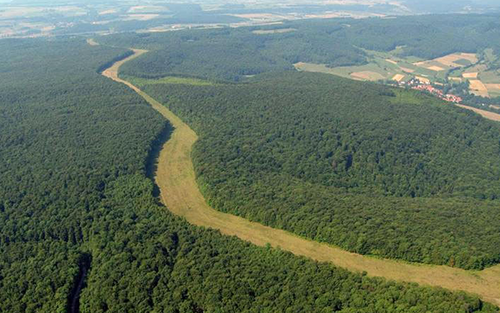along the line
After the erection of the Iron Curtain, Europe seemed irrevocably divided. For over 40 years, hostile border installations minimized possibilities for cross-border sociological, economical and environmental exchanges. Even after the removal of regional barricades, many sections were still strictly controlled as the external borders of the Schengen area. In 2008, Schengen border was shifted to the east. For the first time, the former no-man‘s land was regularly and freely crossed, creating a new kind of border experience in Central Europe – a new space for encounters is currently developing, old European regions are consolidating themselves.
Through the long years of human absence, the once strictly-guarded border region became an efficient protection zone for landscape and nature. The Nature Conservation Sector claims the preservation of these areas, unique in Europe. Various conservation measures with varying degrees of restriction mark the present Green Belt. The creation of cross-border preservation areas requires critical regional networking and local participation.

25 years after the fall of the Iron Curtain, strong attention is required to keep the overcoming of the European division in balance. The idea of a corridor, exclusively reserved to nature, conflicts with the intention of bridging the gap between East and West.
bee free shall be seen as an instruction manual to raise awareness among the broad public and follows the premise of the biosphere reserve, according to which economic, social and ecologic sustainability concepts should be realised with the support of local populations.



